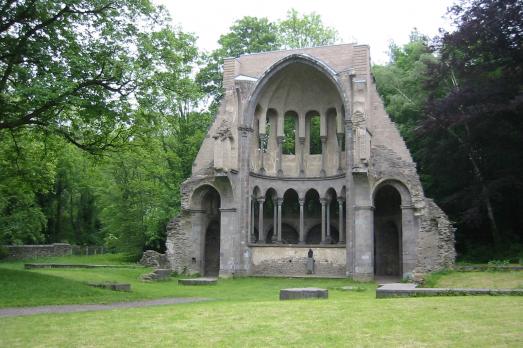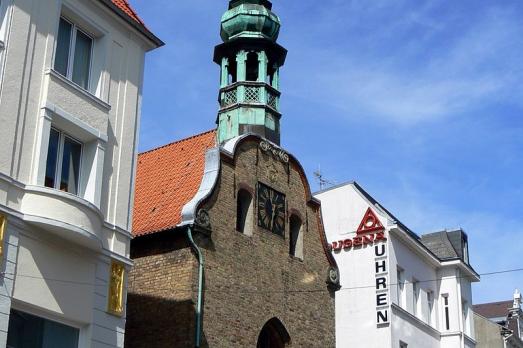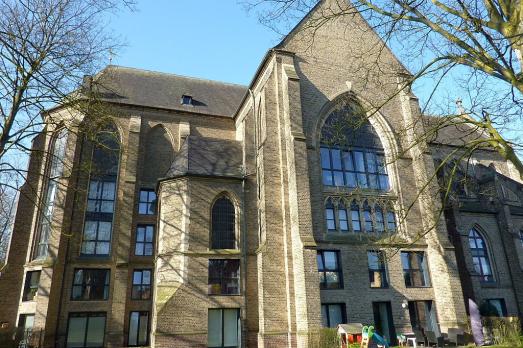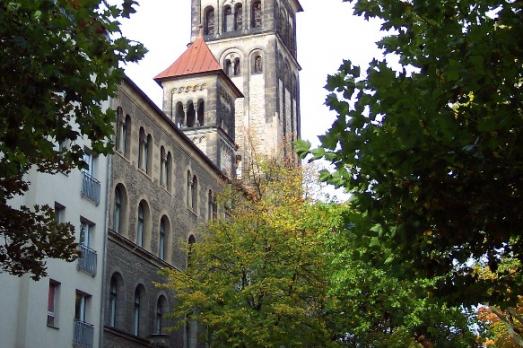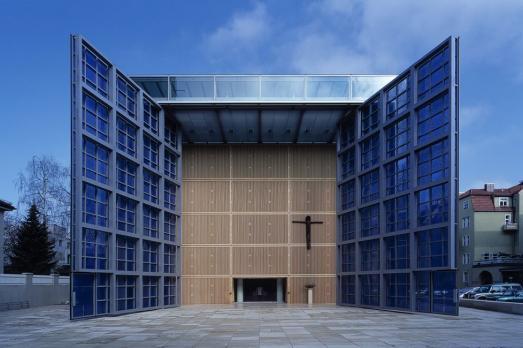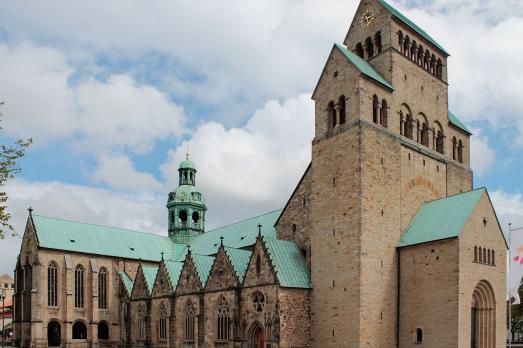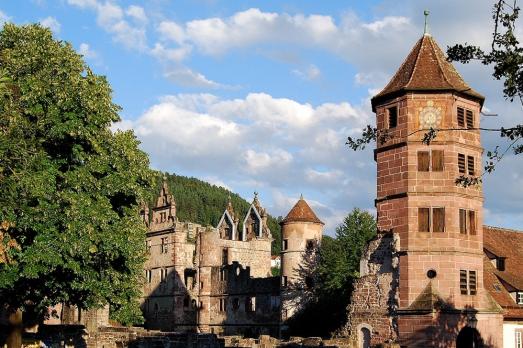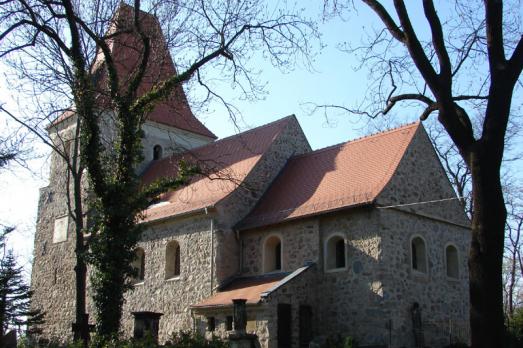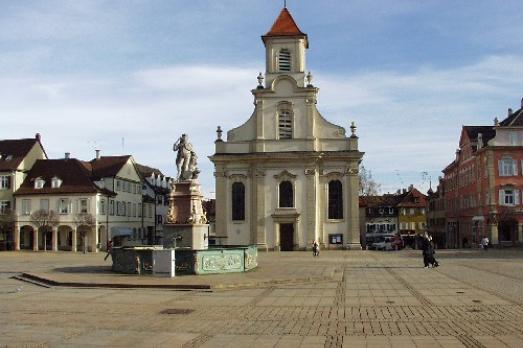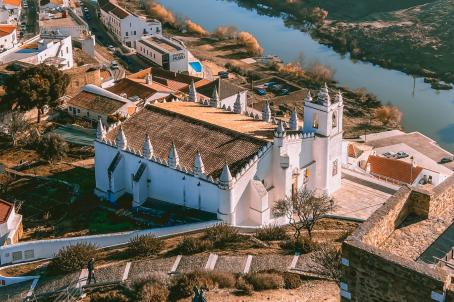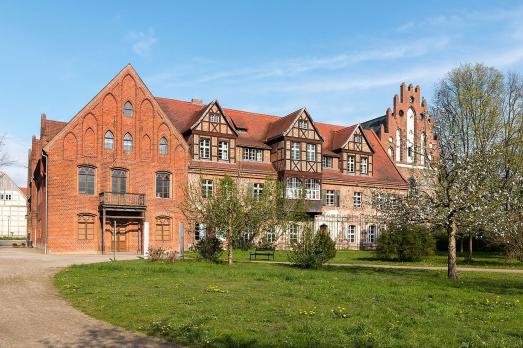
Heiligengrabe Abbey
Heiligengrabe, DE
Heiligengrabe Abbey is a former Cistercian abbey which was founded at the end of the 13th century. The first buildings to be constructed were the abbey church and the eastern wing of the cloister; the latter contains the chapter house on the ground floor and the sisters' dormitory on the ground floor. The other two wings are from slightly later periods. In 1510, the cloister was vaulted; the chapter house was moved to the west wing. When the Reformation was adopted, the monastery went through a period of conflict; finally, in 1549, the entire community was transferred to the Lutheran church.
